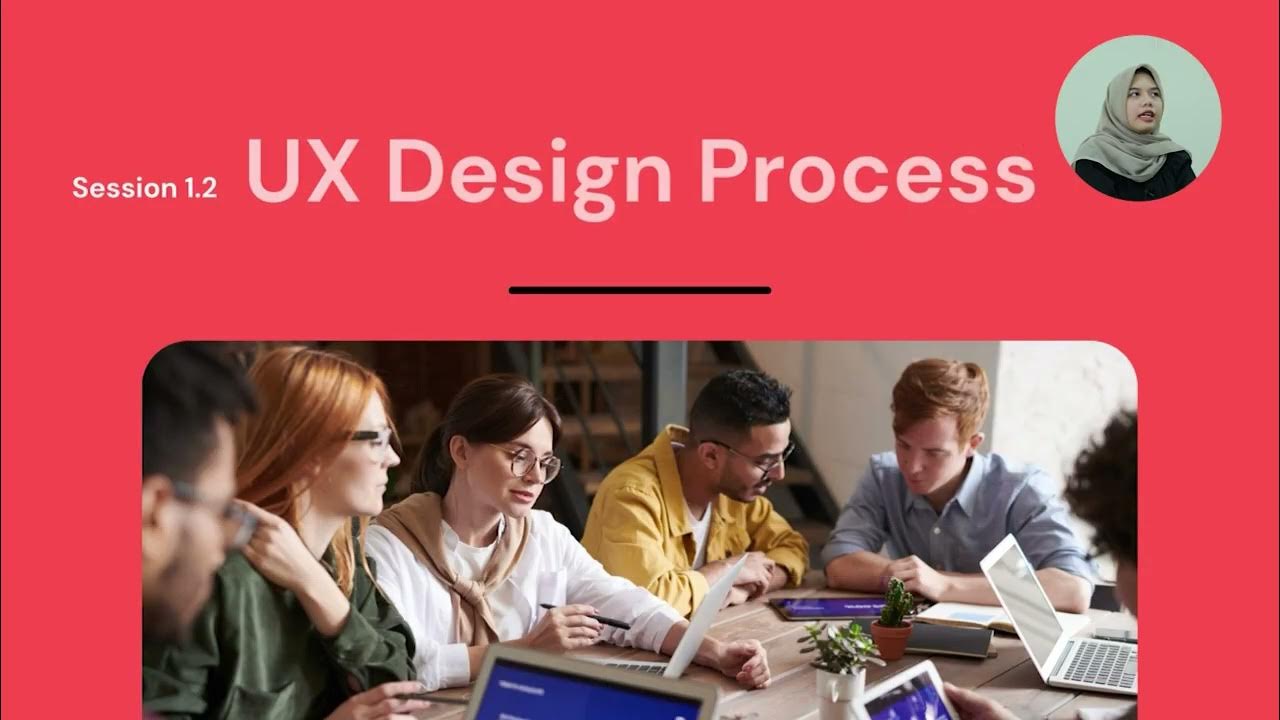APPS User Testing
Summary
TLDRThis lecture podcast focuses on user testing for app design, emphasizing its evolution and importance in UX and UI practices. It traces the history of user testing, highlighting Apple's pioneering role in prioritizing user-centered design. The podcast discusses various testing types, reasons for testing at different stages, and how to test aspects like look and feel, app icons, wireframes, and prototypes. It also covers the use of tools like heat maps, remote testing, and eye tracking to gain insights into user interactions. The goal is to improve usability, functionality, design validation, and user satisfaction through iterative testing and feedback.
Takeaways
- 🔍 User testing is pivotal for app design and development, ensuring usability and functionality.
- 📱 Apple in the 1980s was a pioneer in user-centered design, emphasizing accessibility and intuitiveness.
- 🖥 The introduction of the graphical user interface (GUI) by Apple marked a significant shift towards user-friendly technology.
- 🔧 User testing involves an iterative process that occurs at multiple stages, from early prototyping to post-launch.
- 👁️🗨️ The purpose of user testing includes improving usability, ensuring functionality, verifying design choices, refining look and feel, and enhancing user satisfaction.
- 🎨 Look and feel testing evaluates aspects like color schemes, typography, layout, and imagery to ensure they enrich the user experience.
- 📊 AB testing is a simple methodology for comparing two versions of an app icon to determine which is more effective.
- 🧭 Wireframe testing focuses on navigation, task flow, and information architecture to ensure users can easily access key features.
- 🛠️ Final prototype testing assesses user interaction, content clarity, performance, and compliance with design standards.
- 📊 Types of usability testing include remote testing, moderated feedback sessions, unmoderated software testing, and both qualitative and quantitative analysis.
- 🔄 The importance of iteration and continuous improvement in the design process, based on user feedback, cannot be overstated.
Q & A
What is the significance of user testing in app development?
-User testing is crucial for developing an effective app as it helps ensure that the app is not only functional but also delivers a satisfying user experience. It involves evaluating an app by testing it with real users at various stages, allowing for continuous improvement and refinement of the product.
How has user testing evolved over the years?
-User testing has evolved significantly, with pioneers like Apple in the 1980s prioritizing user-centered design principles. Apple's philosophy was clear that their technology should be accessible and intuitive for everyday people, which was reflected in the design of the original Mac with the introduction of the graphical user interface (GUI).
What role did Apple play in the history of user testing?
-Apple was a pioneer in user testing, setting itself apart from other tech companies by prioritizing user-centered design principles. They relied heavily on diverse groups of users to improve their products through usability studies, observation, and refining interfaces based on feedback.
What are the main reasons for conducting user testing?
-The main reasons for conducting user testing include improving usability, ensuring functionality, verifying that the app works as expected, validating design choices, refining the look and feel with the target audience, and enhancing user satisfaction or experience.
What are the different aspects of an app that are tested during user testing?
-During user testing, aspects such as the look and feel, app icons, wireframes, and final prototypes are tested. Each aspect is evaluated for elements like color scheme, typography, layout, recognizability, simplicity, navigation, task flow, information architecture, user interaction, content clarity, and compliance with design standards.
What is the purpose of testing the look and feel of an app?
-Testing the look and feel of an app is done to ensure that elements like color scheme, typography, and layout convey the right mood or emotion, are legible and size-appropriate, and have a clear visual hierarchy. The goal is to enrich the user experience without causing confusion.
How is user testing conducted for app icons?
-User testing for app icons involves checking recognizability, simplicity, and color contrast. The aim is to ensure the icon is clear, distinguishable, and makes sense even when scaled down, and that it stands out against different backgrounds.
What methods are used to test wireframes during app development?
-To test wireframes, methods such as form-based questionnaires and observation tests are used. These involve asking users to complete tasks, recording their interactions, and reviewing the results to gather feedback on the app's layout and navigation.
What types of usability testing are mentioned in the script?
-The script mentions various types of usability testing including remote testing, moderated feedback sessions, unmoderated automated software testing, qualitative testing (involving facial expressions, observations, interviews, and surveys), and quantitative testing (measuring task completion times).
Why is it important to test at different stages of app development?
-Testing at different stages of app development is important because it allows for validation of the basic structure in early prototyping, usability and look and feel testing in mid-development, and pre-launch testing to refine the final prototype. Post-launch, continuous testing helps gather feedback and identify areas for improvement.
What is the iterative nature of user testing as described in the script?
-The iterative nature of user testing means that it occurs multiple times at various stages of development, from early prototyping to post-launch. It involves an ongoing process of gathering feedback, identifying areas for improvement, and refining the design accordingly.
Outlines

此内容仅限付费用户访问。 请升级后访问。
立即升级Mindmap

此内容仅限付费用户访问。 请升级后访问。
立即升级Keywords

此内容仅限付费用户访问。 请升级后访问。
立即升级Highlights

此内容仅限付费用户访问。 请升级后访问。
立即升级Transcripts

此内容仅限付费用户访问。 请升级后访问。
立即升级5.0 / 5 (0 votes)






